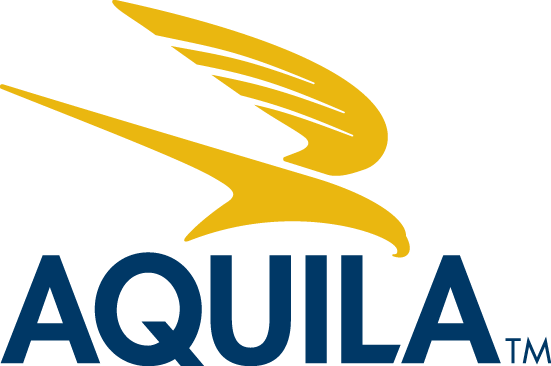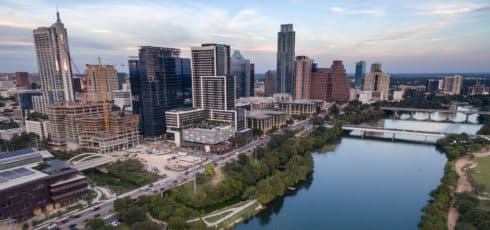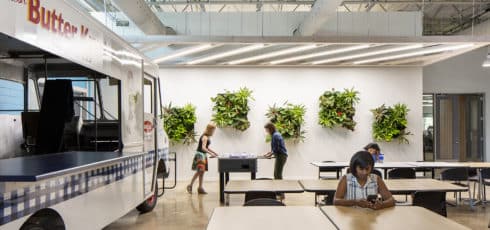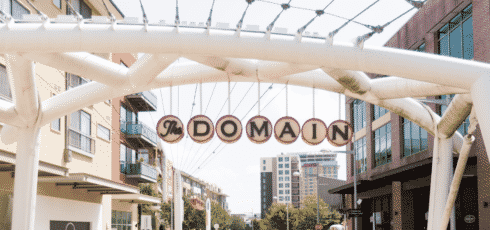This article is updated quarterly and was last updated in March 2024.
At AQUILA, we know how daunting it can be to start a search for office space in Austin, Texas. After helping hundreds of clients with their search, we’ve found that one of the first questions clients ask is, “What does office space cost in Austin?”
To answer this question, we’ve compiled a detailed look into:
How Rental Rates Are Calculated
Before we begin, it is important to understand exactly how to calculate your total annual rent expense. To find the total yearly cost to lease your office space, multiply the full-service rental rate (the sum of the base rent and all operating expenses) by the square footage of the space. Note, most office landlords quote rental rates on a square foot per year basis.
Total Annual Rent Cost = (Base Rent + Operating Expenses) x Square Feet
This method does not consider the intricacies that deals often include, but it does offer a good starting point.
In reality, there are many additional factors that can play into your overall rental rate.
- Some landlords offer tenants free rent for a specified number of months at the start of the lease
- Tenant improvement (TI) allowances can influence your overall cost to lease space
- The length of the deal can also change things, as new buildings often require tenants to sign leases of 10 or more years, while older buildings may accept a lease term of five years or less.
Why Rental Rates Vary
Several factors play into rental rates that account for why they vary across submarkets and buildings. We all know location is important, but there are plenty of other influences as well. Some are economic and some are a preference, but they are all important to understand when comparing multiple spaces.
Class of Building
The class of building is probably the most obvious influence on rental rates. Class A buildings, which include the likes of Frost Bank Tower and Domain 7, are the most sought-after office spaces in Austin. They offer benefits such as:
- High-quality work areas
- Prime locations (accessibility, views, etc.)
- Fast and effective property management teams
- Superior common areas and finishes
- Abundant amenities
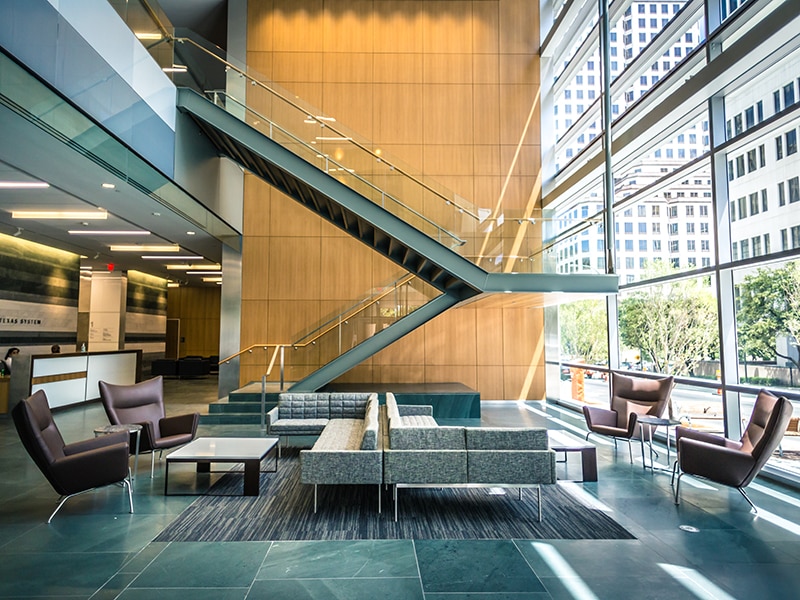
The lobby of 210 West 7th is a prime example of the superior common areas that can be found in Class A buildings.
These benefits do come at a cost, as Class A buildings are able to ask for a higher rental rate compared to Class B and C buildings. While Class B buildings can sometimes offer close to the same benefits of a Class A building, Class C office space is usually only on the radar of tenants with the most basic needs.
Operating Expenses
Because most office rental rates in Austin are calculated on a NNN basis, it is important to remember to factor in the operating expenses (op/ex) within your overall cost. Many factors can play into op/ex, but some of the most common are:
- Property taxes
- Utilities and janitorial for the building
- Common area maintenance
- Property insurance
Depending on where the building is and how much it costs the landlord to keep it operational, you will likely find that op/ex estimates will be different across all the spaces you compare.
Amenities
Amenities have a mixed relationship with rental rates depending on which submarket you are looking in, but they nonetheless are an important factor to consider in your research of rental rates.
Being able to offer your employees some kind of amenity is always a plus, and in your search for office space in Austin you can expect to find amenities like:
- Outdoor areas
- Food courts or delivery services
- Gyms
- Environmental certification
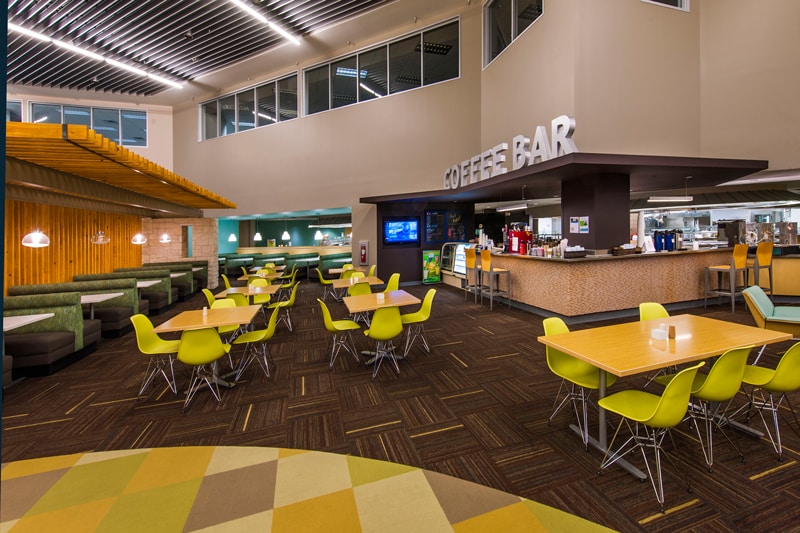
The cafeteria and coffee bar at 7700 Parmer.
One would expect that adding amenities would result in a higher rental rate, but that is not always the case.
Cost to Lease Space in Austin’s Three Major Submarkets
Now that you understand what factors affect rental rates and how that rate is calculated, let’s delve deeper into exactly what rental rates currently are in Austin. We’ll focus on the city’s three major submarkets:
The rental rates below are referencing direct deals with landlords only. Subleases and other special situations would likely have different rates.
Please note that the rental rates below are averages taken from our competitive set building list, the majority of which are Class A. As stated before, class A buildings will generally command a higher rental rate than Class B or C.
Also note that these are quoted rates, not necessarily the rate each tenant pays. An experienced tenant representation broker can often help you negotiate below the quoted rate.
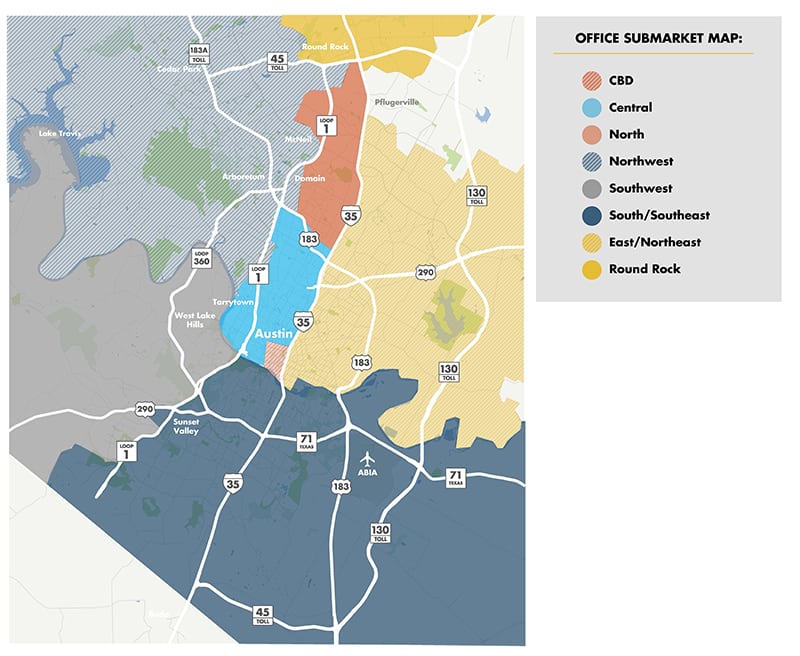
A map of all of Austin’s office submarkets.
Downtown Rental Rates
The central business district (CBD) offers tenants the convenience of being in the hub of Austin and offers some of Austin’s premier Class A office buildings. This, combined with the lifestyle and “cool” factor downtown provides, has made the CBD Austin’s premier office market.
Office rental rates in downtown Austin have historically been the highest of all the submarkets. Below you can see where rates have been and where they currently are.
As you can see from the chart, it currently costs approximately $71.78 per square foot to lease office space in the CBD. Using a 10,000-square-foot tenant as an example, that amounts to $717,800 per year or $59,817 per month.
Buildings in the CBD, however, do have their drawbacks that need to be accounted for before you decide to lease space there. These include things like heavy traffic, a low supply of parking, and a lack of green space as compared to buildings elsewhere.
Parking in the CBD is also the most expensive out of all the submarkets, so if all your employees plan to drive to work every day you will need to make plans to pay upwards of $200 a month for each space or have a difficult conversation with your employees about the cost THEY will incur. If parking rates continue to increase as they have in the past, you will need to decide if having to pay inflated parking prices is worth the benefits of a downtown office.
As for amenities, rental rates in the CBD are surprisingly unaffected by the number of amenities a building has to offer. Since there are so many amenities within walking distance of most buildings downtown, landlords have found that tenants are not willing to pay extra for amenities in the building.
A few of the tenants currently leasing space in the CBD are:
- WeWork
- Capital Factory
- Deloitte
- Indeed
Northwest Rental Rates
The Northwest submarket has historically had the lowest rental rates when compared to the other major submarkets. Its distance from downtown and the fact that Austin had not started growing in that direction until recently has put it slightly behind the more developed markets. That is not to say that the Northwest is undesirable, as it has recently emerged as a hub for large technology companies in Austin.
Currently, the average asking rate in Northwest Austin is $48.55 per square foot. Using our 10,000-square-foot tenant, the current full-service rate in this market will cost approximately $485,550 per year or $40,463 per month.
Despite these lower rates, buildings in the Northwest still offer tenants high-quality options for office space. Tenants in the Northwest are typically trying to squeeze as much value out of their space as possible, so landlords and developers have kept costs low.
Additional benefits of the Northwest include things like free parking for employees and rental rates that are hardly affected by additional amenities. Many buildings in the NW have started offering amenities not common in other submarkets, such as food trucks and shuttle services, to further increase the desirability of office space in the area.
Some tenants currently leasing space in the NW are:
- Oracle
- Polycom
- eBay
The Domain Rental Rates
Although The Domain is technically part of the Northwest submarket and is included in the average rental rate above, we feel it is necessary to look at it as if it is its own area. The fact that the Domain has begun to transform into Austin’s “second downtown” has caused it to have rental rates different from the Northwest average.
The average full-service asking rate in The Domain is $62.66 per square foot. In the case of our 10,000-square-foot tenant, the current full-service rate in The Domain will cost approximately $626,600 per year or $52,216 per month.
Through a lot of development in recent years, the tenant experience at The Domain has started to closely resemble what can be found in the CBD. The walkability of the area, combined with high-end restaurants and stores, means that the amenities being offered are rising to the same standard as those in the CBD.
Despite the higher rental rates and popularity of office buildings in The Domain, most landlords do not charge their tenants for parking. Space is still plentiful enough that parking has not become strained in the way that it is downtown.
The Domain has emerged as a convenient alternative to downtown Austin, offering many of the same perks, without the hassle.
Some tenants currently leasing space at The Domain are:
- HomeAway
- Amazon
- WeWork
- Blackbaud
Southwest Rental Rates
The Southwest submarket is traditionally where tenants first look when they are thinking about leaving downtown. That, combined with the vicinity to some of Austin’s most beautiful scenery, make office buildings in the Southwest command higher rental rates, in general, than the Northwest, and even The Domain.
Currently, the average full-service asking rate in the Southwest submarket is $46.49 per square foot. With these rental rates, our 10,000-square-foot tenant will be paying approximately $464,900 per year or $38,742 per month.
If amenities are something you are adamant about having, be prepared to pay more for them in the Southwest. Rental rates in this market are heavily affected by the amenities a building has to offer. This could be for several reasons, but the most likely is that tenants who have left the CBD miss the walkability of downtown, and are thus willing to pay more to have those same amenities offered in their new Southwest office space. Another reason could be that tenants with homes in affluent neighborhoods enjoy the accessibility of the Southwest and its proximity to the CBD.
Some tenants currently leasing space in the SW are:
- Solarwinds
- Spiceworks
- EZ Corp
- Logitech
Hidden Costs of Leasing Office Space
These costs are not actually “hidden,” like we often worry about in the age of infomercials, but they are costs that we have found are often overlooked when tenants first begin estimating their office needs.
Your rental rate will likely be the biggest expense associated with your lease, but factoring these costs in during your search phase can save you from a lot of headaches and frustration down the road.
Parking
Until Austin spends the money to greatly improve its public transportation, most office employees will be driving to work. Because of this, parking is a necessity and should always be factored into not only where you would like your office to be located, but also how much you are willing to spend.


Parking in downtown Austin can cost upwards of $200/per month.
Parking for commercial office space is based on a ratio of the number of spots per 1,000 square feet. For example, A tenant may lease a 10,000-square-foot space and receive a parking allowance of 4:1000. In this case, the tenant would be allowed to lease 40 parking spots for employees.
Depending on which submarket a building is in, parking may be free for your employees or it might cost upwards of $200 a month per spot ($96,000 a year based on our prior example). It all depends on what the demand is in the area and how much supply there is to fill it.
The CBD, for instance, has the highest parking rates in Austin. Most buildings in other submarkets do not currently charge for employee parking, but that trend could change in the future if supply is unable to keep up with the increasing demand.
Furniture
You cannot have an office without desks and chairs for your employees, so factoring furniture into your overall cost for office space is a must.
There are several questions you can ask yourself to determine just how much you may need to budget for your office furniture:
- Do you need to acquire new furniture or can you repurpose what is in your existing office?
- Do you want to rent or buy?
- Do you need brand new furniture or is used furniture acceptable?
- What sort of flexibility do you need for adding new employees?
Depending on what you decide is the best course of action for your office, furniture could potentially add more to your monthly payments and is an expense that must be factored into your cost analysis.
What This Means for Tenants
If you are searching for office space in Austin, working with an experienced tenant representation broker can help you sift through all the questions you have and ensure you find the best space for your needs and budget. Since there are so many factors playing into what you pay for your space, it is well worth it to hire a broker who knows how to help you find the best rates and terms possible.
Ready to Calculate Your Estimated Rental Rate?
Use our Austin Office Rental Rate Calculator.


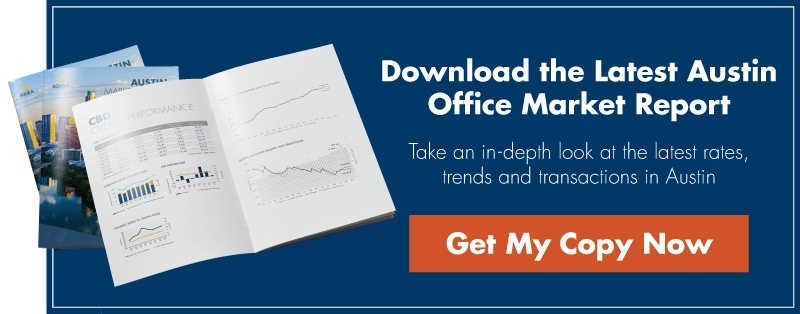

- 7 Benefits of Hiring a Tenant Representation Broker
- How Much Does it Cost to Use a Tenant Representation Broker? (Fees/Process/Benefits)
- How Much Office Space Do I Need? (Calculator & Per Person Standards)



